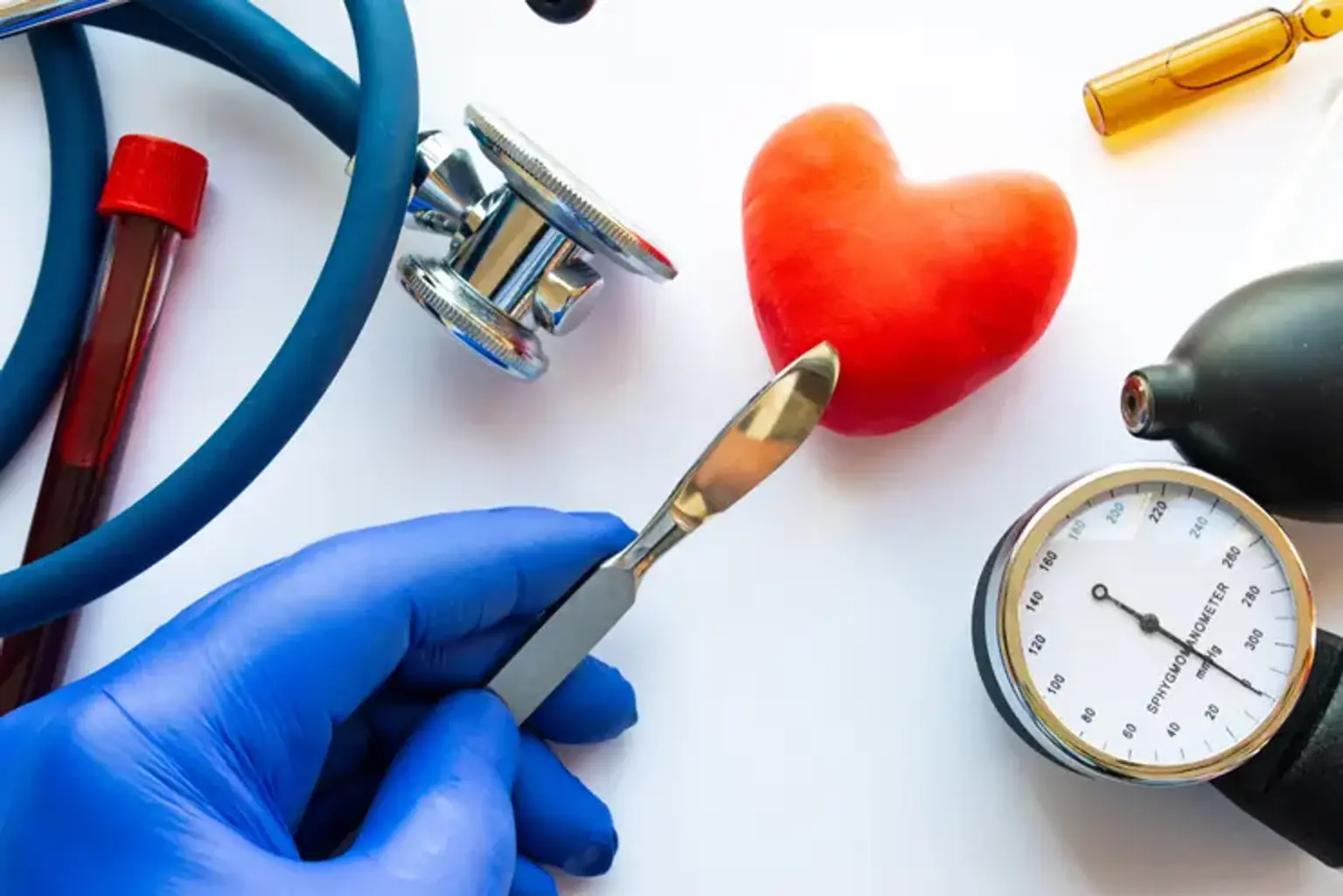Surgery of Thoracic Aorta
Overview
A thoracic aortic aneurysm, which is an abnormal bulge in the weakening wall of the aorta in the chest, can produce a number of symptoms and, in some cases, life-threatening problems. Because of the considerable hazards it poses, a thoracic aneurysm must be diagnosed and treated as soon as possible.
Each year, around 15,000 persons in the United States are affected with thoracic aortic aneurysms, which are the 13th largest cause of mortality. According to research, people with untreated big thoracic aortic aneurysms are more likely to die from problems linked with their aneurysms than from any other cause.
The best way to treat an aortic thoracic aneurysm depends on its size and pace of development, location, and general health. When an aneurysm is more than double the typical diameter of a healthy aortic blood artery, the risk of rupture increases.
